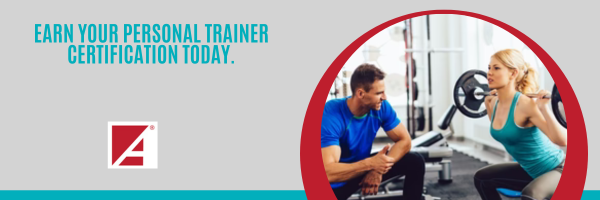The spine is one of the most important parts of your body and contributes to everything from posture to breathing. In this article, we'll discuss how a healthy spine can impact your performance and overall health. We'll also provide strategies for improving posture, strength training, and more!
The Spine's Role in Posture and Performance
The spine is the body's center of balance, movement, and stability. It is also where flexibility originates in your body. When you have good posture, it means that all of these functions are working together in harmony to create an optimal alignment for optimal performance.
When you have poor posture, the spine can become misaligned which leads to muscle tension and discomfort in the back muscles (trapezius), neck muscles (sternocleidomastoid) shoulders (deltoid), hips/pelvis region (rectus femoris). Poor breathing patterns can also occur because there isn't enough space between vertebrae when they aren't aligned properly which limits how much air gets into our lungs during inhalation so we don't get enough oxygen into our bloodstreams! This leads directly to increased stress levels which affect concentration levels too since being able to focus requires being relaxed enough so that blood flow can be directed away from areas like our stomachs instead towards brain regions responsible for processing information quickly without getting distracted easily..
Core Strength and Stability
Core strength is important for maintaining a healthy posture. Core muscles are the muscles that connect the spine to the pelvis, and help to stabilize the body. In sports, core strength can be an advantage by improving balance and contributing to faster reaction time.
To improve your core stability:
- Do exercises that strengthen all of your abdominal muscles, including those around your lower back (erector spine) and sides (obliques). The best way to do this is by doing planks or other similar exercises daily. If you have trouble holding these positions for extended periods of time, try starting with shorter versions until you build up endurance.* Try not to arch your back when doing these exercises--this will put too much pressure on those vulnerable areas and could lead to injury.* Practice breathing properly while performing these activities; inhale deeply before beginning any movement or exercise so as not to hold your breath while exerting yourself!
Breathing and Body Awareness
Breathing and body awareness are essential to proper posture. The spine is a long, flexible structure that's made up of bones, ligaments, muscles, and nerves. When you breathe deeply from your diaphragm (the muscle located below your lungs), it helps maintain healthy alignment in the neck and lower back.
When you focus on your breath as it travels through each part of the body--chest, abdomen/pelvis, and abdomen/pelvis again--it helps keep these areas engaged so that they work together efficiently as one unit when needed (like when you lift something heavy). If one area is stiff or weak compared with another part of the body then there will be an imbalance between them which can lead to poor posture over time if left untreated. This can also cause pain in other areas such as shoulders due to having too much weight resting on them continuously instead of distributing evenly throughout all four limbs."
The Effects of Poor Posture on the Spine
The spine is the most important part of your body. It's a column of bones, muscles, and ligaments that provides support for your head, neck, and trunk. Good posture can help prevent pain and disability in the back as well as more serious problems such as osteoarthritis.
Poor posture can lead to:
- Pain and discomfort in the lower back (lumbar region) or upper back (thoracic region) areas
- Headaches from stress on nerves in the neck caused by misaligned vertebrae pressing against them
- Tightness in muscles surrounding weak joints in knees or ankles due to prolonged sitting with flexed feet
What Does a Healthy Spine Look Like?
- Shoulders should be relaxed and down.
- Shoulder blades should be retracted and engaged.
- The head should be balanced over the shoulders, not jutting forward or back. The chin should point down slightly (approximately 10 degrees) so that you can see where you are going without hunching over or looking up all the time.
- The back should be straight with no curvature through it anywhere along its length from head to tailbone--it's like a rod from top to bottom! Do you want good posture? This is how it happens: Stand up tall with your chest out (but not too far out) and take deep breaths; this will help relax those muscles in between each vertebrae as well as promote circulation throughout your body which will improve performance overall."
If you have poor posture, your body is working harder than it should to perform its everyday functions.
If you have poor posture, your body is working harder than it should to perform its everyday functions. This can lead to back and neck problems as well as muscle strain. Poor alignment can also cause imbalances in the body that result in injury or discomfort. In addition to these physical issues, poor posture can affect how you feel mentally and emotionally by increasing stress levels and leading to a lack of focus on the tasks at hand.
While some people may think they are stuck with the way they stand (or sit), good posture is something that can be learned--and even mastered! Start by learning about proper alignment and then practice what feels natural for you until it becomes second nature. Once this happens, not only will your body thank you but so will everyone around you because they won't have to see those painful-looking poses anymore :)
Conclusion
In conclusion, poor posture can have a negative effect on your spine and overall health. If you're unsure of what a healthy posture looks like, it's important to seek out help from a professional who can guide you through the process of improving your posture.





